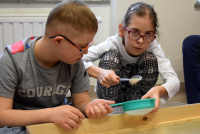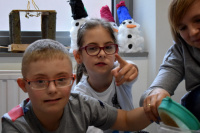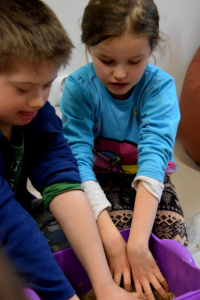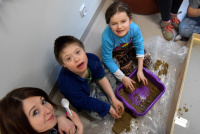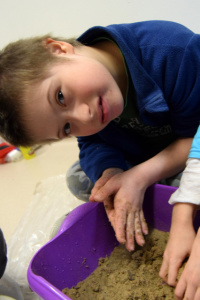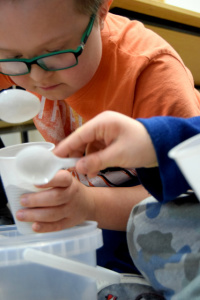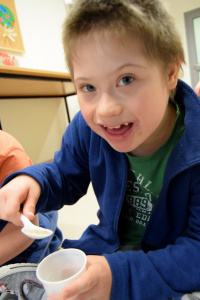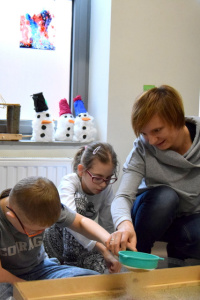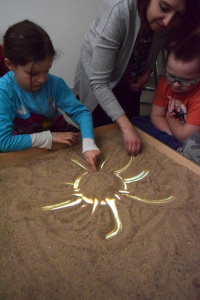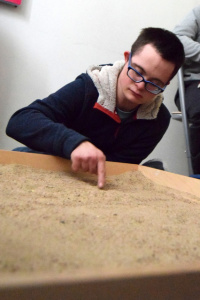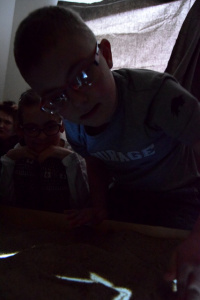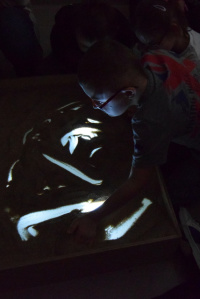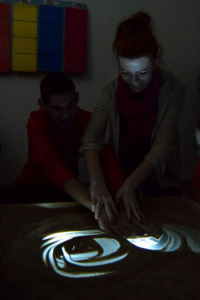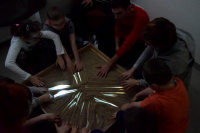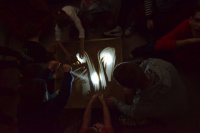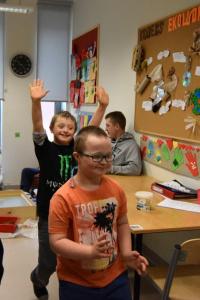Sand therapy is a method of sensory stimulation. Through the contact of the baby's skin with the various structures of the sand, sensory stimuli are provided. Sand outside the different structure can have a different temperature – warm relieves muscle tension. It has a stimulating effect on the circulatory and nervous systems.
The Sandbox Therapy method has been known for approx. 100 years as a method of psychotherapy. Carl Gustav Jung used elements of Sandplay from 1912, gradually discovering the therapeutic role of playing in the sand. In Great Britain, Dr. Margaret Lowenfeld was the first to use sandbox play as a therapeutic method in psychiatric treatment of children and adolescents as early as 1928 and called it the "game of worlds".Swiss Dora Kalff began working with Lowenfeld in London in 1956. When Kalff returned to Switzerland, she began to use the Lowenfeld technique as part of her own practice. She combined it with the theories of C.G. analysis. Jung and created her own method, which she called "sandplay".
Sandbox therapy is effective in providing pedagogical support to children with learning disabilities. Children experiencing them feel frustrated and lose motivation to learn, have low self-esteem and, as a result, often become aggressive. In Australia, Sandplay therapy is currently being carried out on a large scale for children with learning disabilities, with a particular focus on reading difficulties. In Poland, this method is used in working with children with learning problems, aphasia, postoperative difficulties in verbal expression. It develops creativity and stimulates the imagination, strengthens emotional resilience, develops sensitivity, allows you to overcome developmental difficulties, allows you to relieve emotions.
Playing in the sand is an irreplaceable exercise that allows you to improve manual dexterity, visual-motor coordination and develop fluency of hand movements affecting better preparation for learning to write.
Prepared by: K.Biel

